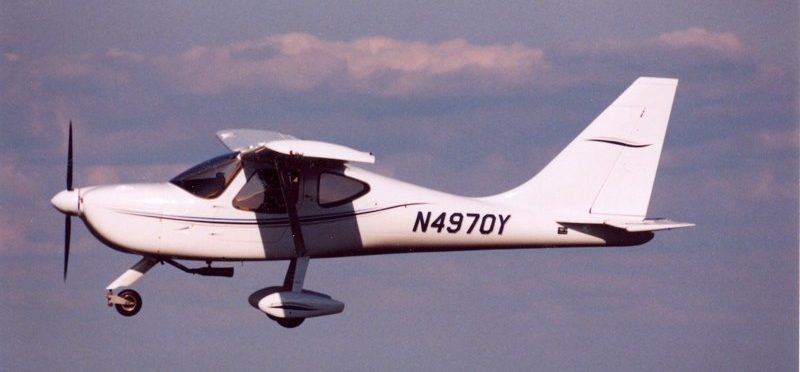This tip was provided by Craig O’Neill , Stoddard-Hamilton.

Several folks mentioned having difficulty trimming out the required back pressure at 60 knots down final. That doesn’t surprise me at all, because 60 is really a bit slow. Try 65 knots per the manual and see if that helps! At any speed slower than that, the GlaStar really requires carrying power right down to the ground, and this will ease the trim requirement somewhat.
Second, remember that the GlaStar is a load-hauler. Flying single pilot with no baggage puts you right up agsainst the forward CG limit, and agsain, it’s no surprise that nose-up trim is at a premium in this loading configuration. Before you decide that your stab is out of whack, try loading the airplane up with your full weeks’ complement of Oshkosh gear and see how it flies then!
Third, think about the effect of CG shifts, and you’ll realize that there can only be one point in the whole CG envelope at which the elevator will fly perfectly even with the stabilizer. At any other loading configuration, it’s going to either fly up or down in order to produce the proper amount of down pressure on the tail to result in level flight. This is true for any stabilizer angle of incidence and for any airplane. Since the GlaStar was designed to carry a load, this neutral point is likely to be achieved only with some stuff in the back.
Fourth, if you’re flying 65 knots down final and you still feel like you’re running out of elevator authority in the flare, there are a couple things you can do. We have found that applying gap seal tape between the stab and elevator provides noticeably more authority. Try the 2″ width tape available in our Options Catalog. Another trick is to use a bit less nose-up trim. When you run nose-up trim, you’re moving the trim tab downward, which effectively reduces the square footage of up elevator available to you. Use less trim and you’ll have to pull a little harder, but you’ll enjoy noticeably more authority.
Finally, if it ever is necessary to change the stabilizer angle of incidence, it really is easy: simply fill the aft attach bracket holes on bulkhead E with a resin/mill fiber mix and re-drill them. That’s what we did when we changed the angle per Service Bulletin 14, and it took less than a day’s work.
My main point, however, is that I would suggest not doing anything drastic until you’ve test flown your airplane extensively over the whole CG range. I think you’ll find that what’s an apparent problem when you’re light and solo will go away entirely when you’re loaded up, and as the CG moves aft, you’ll be glad that the airplane isn’t too “pitchy.”



